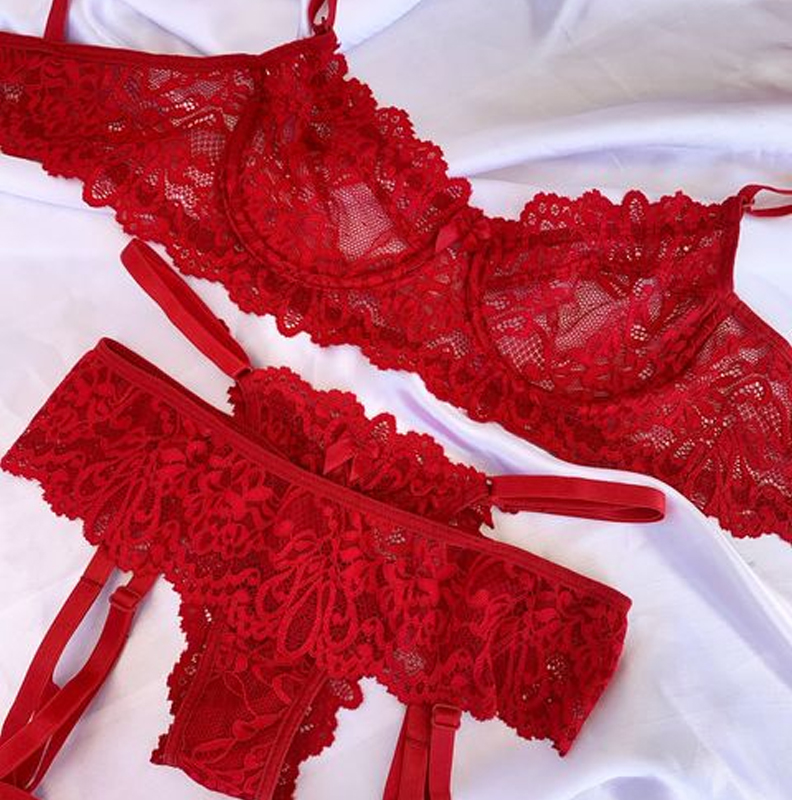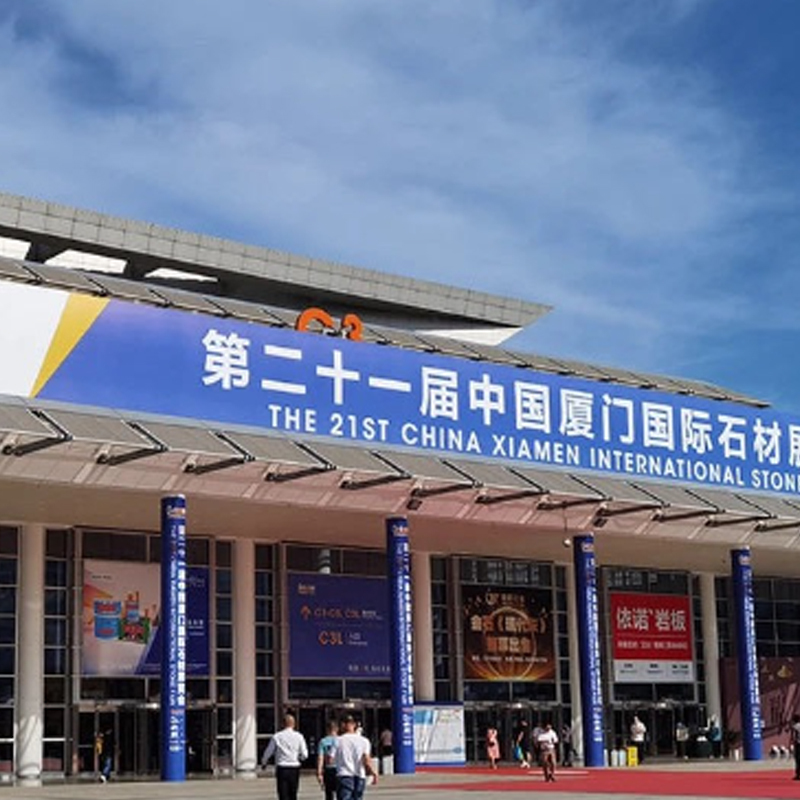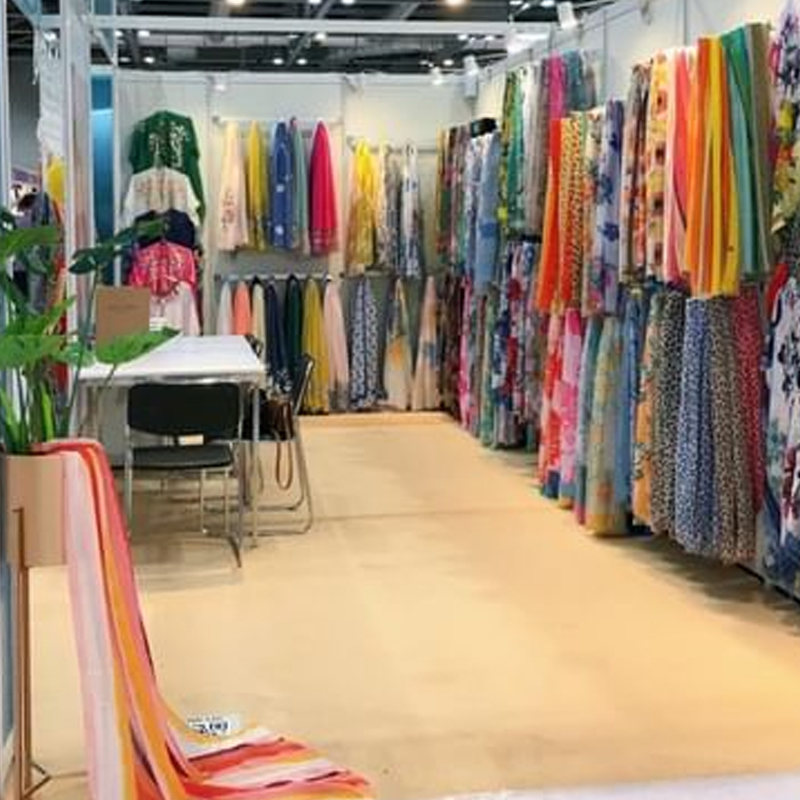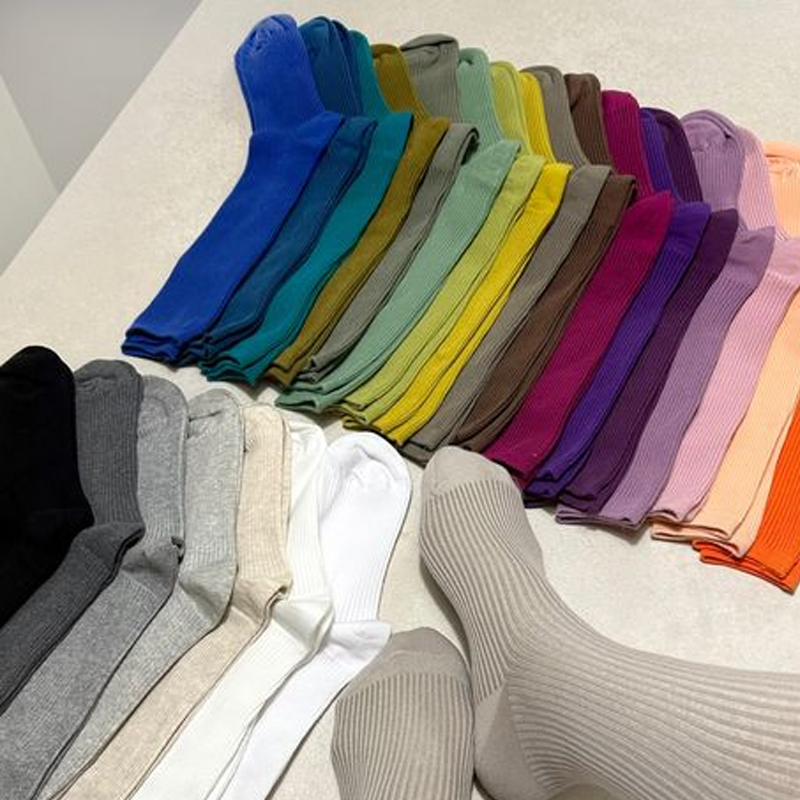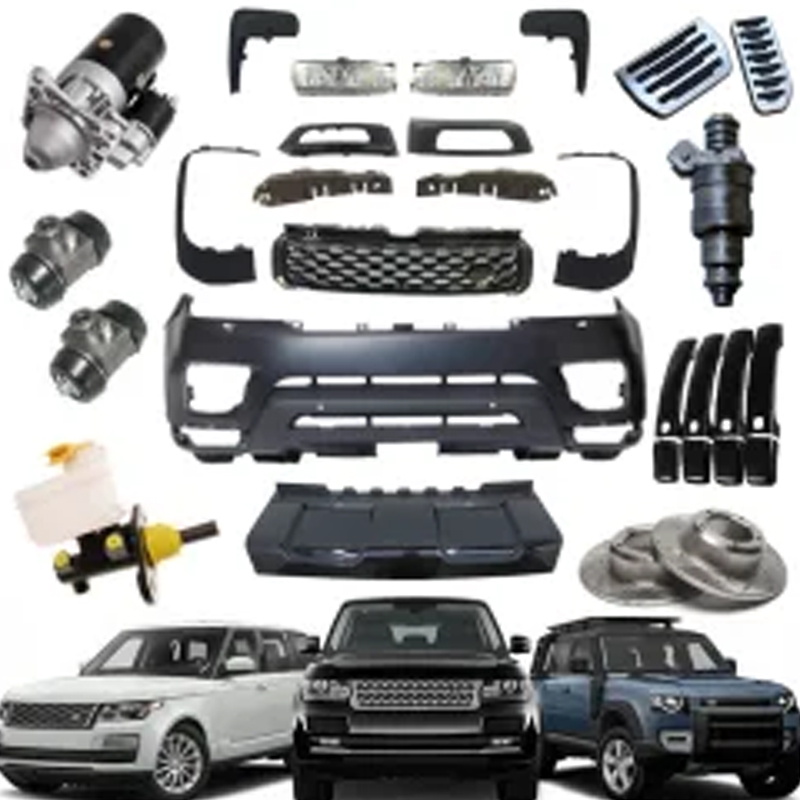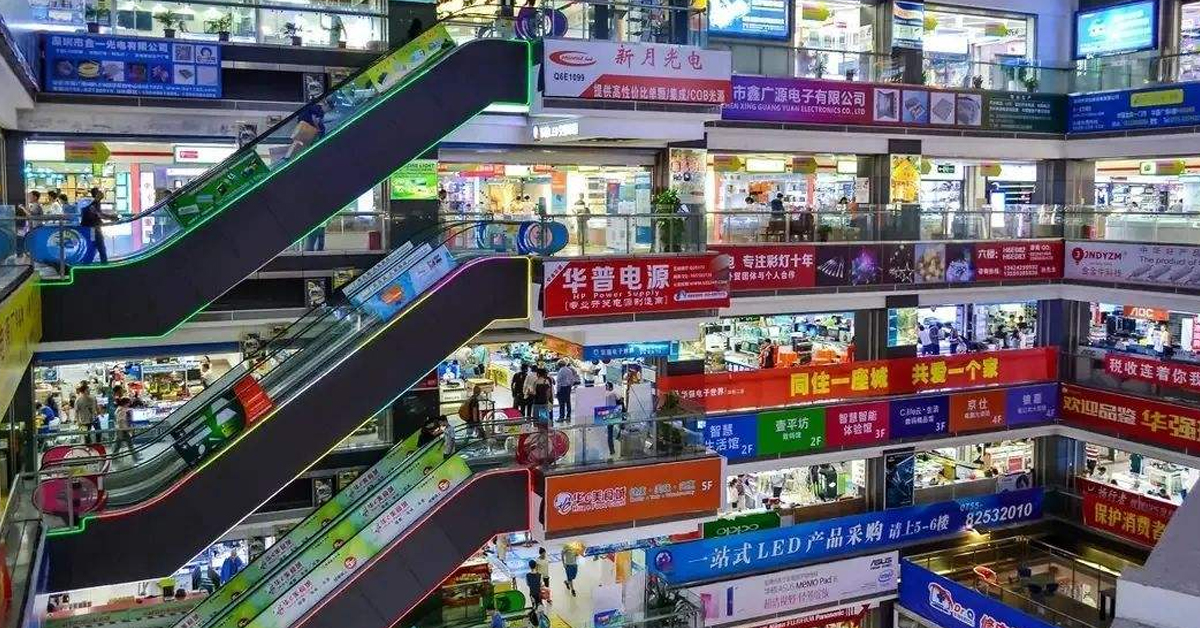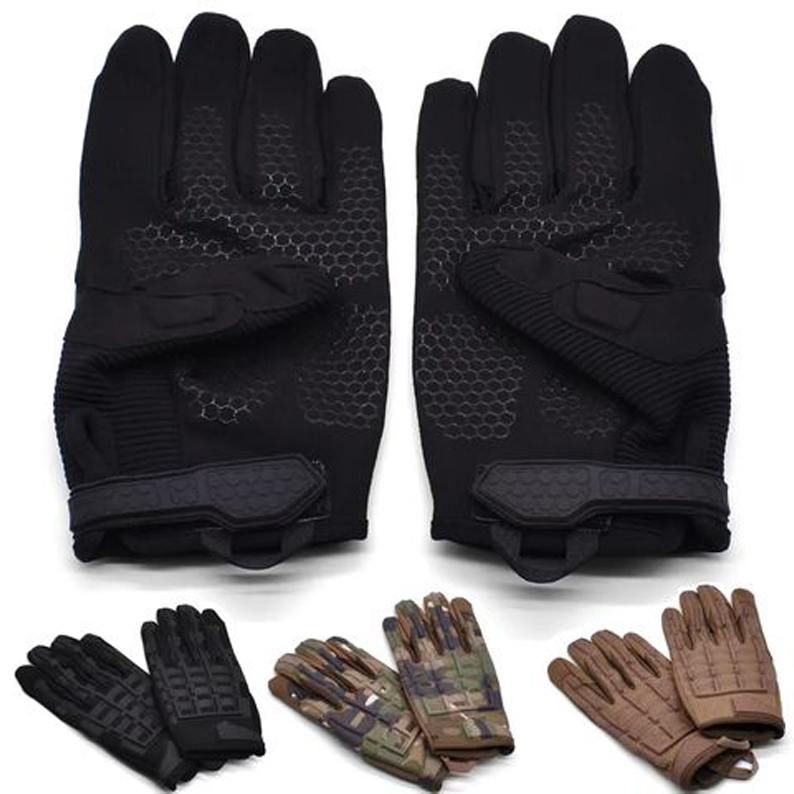Are you ready to unlock the full potential of China product sourcing? This comprehensive guide will take you on a journey through the intricate world of Chinese manufacturing, revealing insider secrets that can skyrocket your profits. From navigating bustling manufacturing hubs to mastering cultural nuances, we’ll cover everything you need to know to become a sourcing pro. Buckle up – your path to sourcing success starts here!
Key Takeaways: Your Roadmap to China Sourcing Success
Mastering China product sourcing is a journey, not a destination. Here’s a quick recap of the essential points:
- Choose the right manufacturing hub for your product
- Verify suppliers thoroughly to mitigate risks
- Implement robust quality control measures
- Communicate clearly and effectively with suppliers
- Understand and comply with customs regulations
- Choose appropriate shipping methods based on your needs
- Secure your financial transactions
- Respect and leverage cultural nuances
- Plan for scalability from the start
By following these insider secrets, you’ll be well on your way to maximizing your profits through effective China product sourcing. Remember, success in this field comes from continuous learning and adaptation. Stay curious, stay informed!
The Golden Keys to China Product Sourcing Success
China’s vast manufacturing landscape can be overwhelming, but with the right approach, it’s a goldmine of opportunities. Here’s why mastering China product sourcing is crucial:
- Cost-effectiveness: Chinese suppliers often offer competitive prices, allowing for higher profit margins.
- Product variety: From electronics to textiles, China produces an unparalleled range of goods.
- Scalability: As your business grows, Chinese manufacturers can often scale production to meet demand.
But how do you navigate this complex ecosystem? Let’s dive into the key strategies that will set you apart from the competition.

Unveiling China’s Manufacturing Hubs: Where Should You Look?
China’s manufacturing prowess isn’t confined to a single location. Each region specializes in different industries, offering unique advantages. Here’s a quick rundown:
| Region | Specialties |
|---|---|
| Guangdong Province | Electronics, Textiles, Toys |
| Zhejiang Province | Textiles, Small Commodities |
| Jiangsu Province | Machinery, Chemicals |
| Shandong Province | Textiles, Food Processing |
Why does this matter? Choosing the right manufacturing hub can lead to better quality, lower costs, and smoother operations. For instance, if you’re sourcing electronics, Shenzhen in Guangdong might be your best bet.
Supplier Verification: How to Separate the Wheat from the Chaff?
Not all suppliers are created equal. To avoid costly mistakes, you need to master the art of supplier verification. Here are some tried-and-true techniques:
- Request business licenses and certifications: Legitimate suppliers will happily provide these.
- Check third-party verification services: Platforms like Alibaba offer supplier verification services.
- Conduct factory audits: If possible, visit the factory or hire a third-party inspector.
Remember, thorough verification might seem time-consuming, but it’s a small price to pay for peace of mind and quality assurance.
Cracking the Code: Pricing Strategies for Imports
Negotiating prices with Chinese suppliers is an art form. Here are some insider tips to help you secure the best deals:
- Understand the cost structure: Break down the costs of materials, labor, and overhead.
- Leverage volume discounts: Larger orders often mean better prices.
- Consider seasonal fluctuations: Prices may vary based on raw material costs and demand.
Pro tip: Don’t always go for the lowest price. Sometimes, paying a bit more can result in better quality and reliability, leading to higher profits in the long run.
Quality Assurance: How to Ensure Your Products Meet Standards?
Product quality can make or break your business. Here’s how to ensure you’re getting what you paid for:
- Define clear specifications: Provide detailed product requirements to your supplier.
- Implement quality control inspections: Consider hiring a third-party QC company.
- Request samples: Always get samples before placing large orders.
“Quality means doing it right when no one is looking.” – Henry Ford
Remember, consistent quality control is key to building a reputable brand and ensuring customer satisfaction.
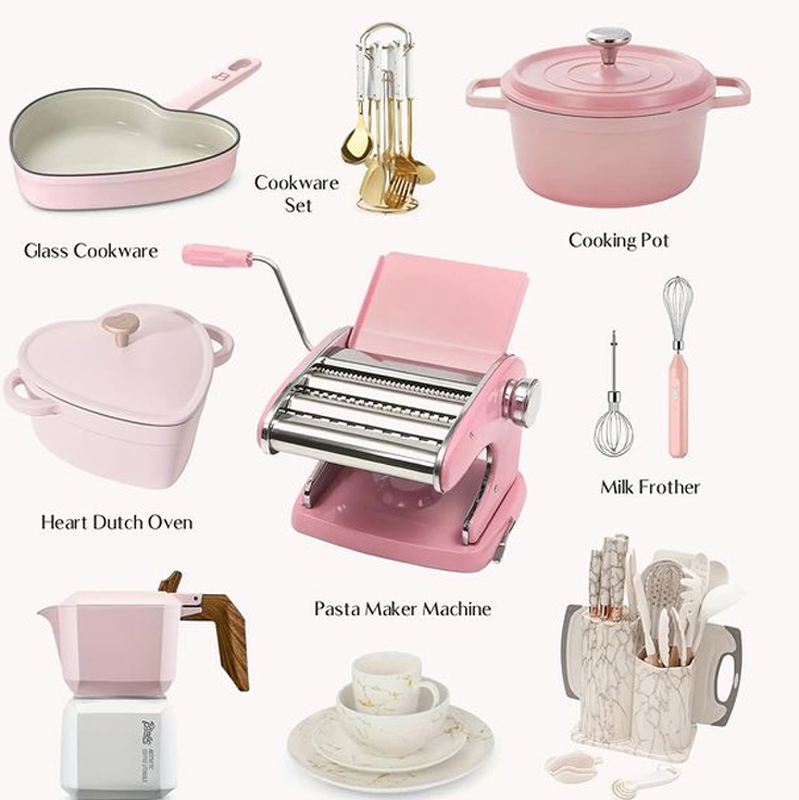
Breaking the Language Barrier: Efficient Communication with Vendors
Clear communication is crucial when dealing with Chinese suppliers. Here’s how to overcome language barriers:
- Use simple, clear language: Avoid idioms and complex terms.
- Leverage translation tools: Apps like WeChat offer built-in translation features.
- Consider hiring a bilingual sourcing agent: They can bridge the communication gap effectively.
Pro tip: Always follow up important conversations with written confirmation to avoid misunderstandings.
Navigating the Maze: Customs and Import Regulations
Understanding customs and import regulations is crucial to avoid costly delays and penalties. Here’s what you need to know:
- HS Codes: Ensure your products are correctly classified.
- Duty rates: Calculate potential import duties to factor into your costs.
- Restricted items: Be aware of any import restrictions in your country.
Consider working with a customs broker to navigate complex regulations and ensure smooth importation.
From Factory to Doorstep: Mastering Shipping Methods from China
Choosing the right shipping method can significantly impact your bottom line. Let’s break down your options:
| Shipping Method | Speed | Cost | Best For |
|---|---|---|---|
| Air Freight | Fast | High | Urgent or high-value items |
| Sea Freight | Slow | Low | Large volumes, non-urgent items |
| Express Courier | Very Fast | Very High | Small, urgent shipments |
Pro tip: Consider using freight forwarding services to handle logistics and potentially reduce costs.
Money Matters: Payment Terms and Security in Chinese Sourcing
Securing your financial transactions is paramount when dealing with overseas suppliers. Here’s what you need to know:
- Common payment terms: T/T (wire transfer), L/C (Letter of Credit), PayPal
- Escrow services: Platforms like Alibaba offer escrow for added security
- Currency considerations: Be aware of exchange rate fluctuations
Remember, never pay the full amount upfront. A typical arrangement is 30% deposit and 70% upon completion.
Bridging Cultures: Understanding Chinese Business Etiquette
Success in China often hinges on understanding and respecting cultural nuances. Here are some key points to remember:
- Guanxi: Building relationships is crucial in Chinese business culture
- Face: Avoid causing embarrassment or loss of reputation
- Hierarchy: Respect for authority and seniority is important
Pro tip: Learning a few basic Chinese phrases can go a long way in building rapport with suppliers.

Scaling Your Sourcing Operations: What’s Next?
As your business grows, so should your sourcing strategy. Here’s how to scale effectively:
- Diversify your supplier base: Don’t rely on a single supplier
- Implement inventory management systems: Keep track of stock levels and reorder points
- Consider setting up a local office: This can streamline operations as you scale
Remember, scaling is not just about volume – it’s about optimizing your entire supply chain for efficiency and profitability.




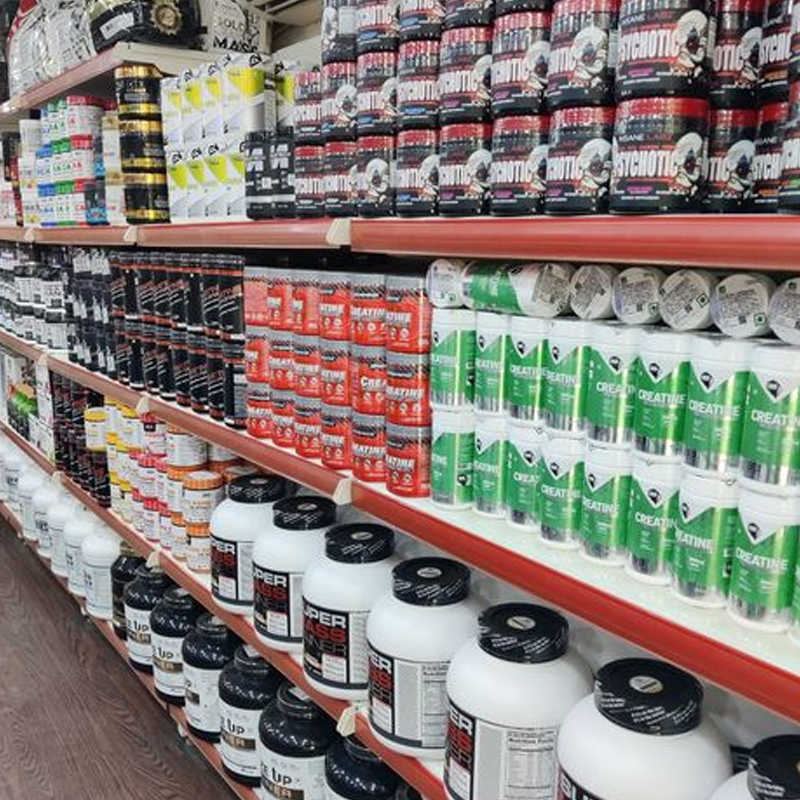
.jpg)



